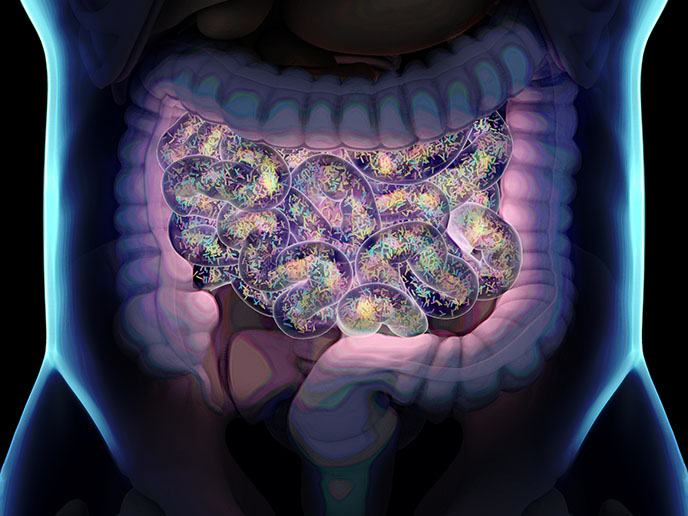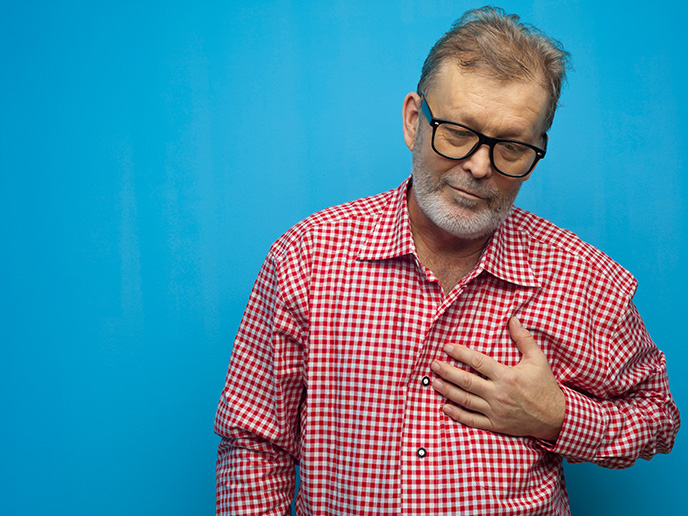Organ-on-a-chip yields insights into gut permeability
A miniature in vitro model, called an organ-on-a-chip, enabled the IMBIBE(opens in new window) project to replicate components of the human microbiome-gut-brain axis (MGBA). This project was funded by the European Research Council(opens in new window). The project wanted to explore how an intact epithelial barrier, complete with mucus layer, is essential for beneficial microbes to inhabit the gut without triggering the host’s immune system. “Our proof-of-principle solution offers a more in-depth understanding of tissue permeability, often misunderstood and misreported,” says Róisín Owens(opens in new window), project coordinator. With some project results already published(opens in new window), the work has also been featured by the BBC(opens in new window). “Researchers now want to use our model to study really pressing concerns, ranging from infections in the gut, to how multiple sclerosis might originate there,” adds Owens, from the University of Cambridge(opens in new window), the project host.
The gut’s balancing act
During human foetal development, a semi-permeable mucus barrier to the gastrointestinal tract is created, allowing essential nutrients and molecules across, while restricting pathogens and toxins. This ‘closes’ around four months after birth. Disruption of this balance in the gut results in a leaky barrier and has been linked to disorders such as inflammatory bowel disease (IBD) and autism spectrum disorder(opens in new window) (ASD), all initially characterised by gut inflammation. While evidence shows that having diverse microbial species in the gut can mitigate inflammation, there is a lack of tools to research how this works. “We know that microbes benefit from gut nutrients, which they ferment, producing compounds beneficial for gut and brain health. But despite data from human trials suggesting the benefits of bioactive products, little is known about which bacterial strains are best, or how gut microbiota changes affect the brain,” Owens explains.
The e-transmembrane device
Using multiple human cell types, IMBIBE developed an organ-on-a-chip model of the gut epithelium and neurovasculature (blood-brain barrier) to electronically measure tissue barrier permeability. 3D sponge-like scaffolds were constructed using liquid conducting polymers able to both host and monitor cells electrically. Stroma cells were seeded into the porous scaffold, with epithelial or endothelial cells layered to form the gastrointestinal barrier, creating additional electrical resistance as they differentiated. Cell growth and adhesion to the scaffold were recorded by changes to the polymer’s conductivity, measured by electrical impedance spectroscopy(opens in new window). “We successfully replicated the environment created by intestinal mucus-producing cells, allowing microbiome bacteria to grow alongside human cells without inflammation being triggered by direct contact,” notes Owens. Cell growth and differentiation was continuously measured for around four weeks. “Biochemical analyses of samples from above and below the porous scaffolds reveal how bacterial products could be transported across the tissues, while data analysis and modelling can measure tissue barrier resistance,” explains Owens. Imaging studies(opens in new window) were also conducted to validate the models, as well as provide further resources for researchers.
For more personalised medicine
IMBIBE’s models were based on multiwell plates(opens in new window) with hanging inserts making them transferrable to transport assays which measure compounds able to cross tissue barriers and potentially highly beneficial for brain health. The platform offers hope for more personalised medicine, for example to test the efficacy and safety of probiotics or faecal matter transplants, as well as exploring how diet affects gut and brain health. The team now plan to use human stem cells, alongside greater cell variety, while also growing more types of microbiome bacteria, including samples from IBD patients. “The neurovascular unit was really hard to develop. We think we cracked it at the end, but it requires more work before being lab-ready,” adds Owens.







